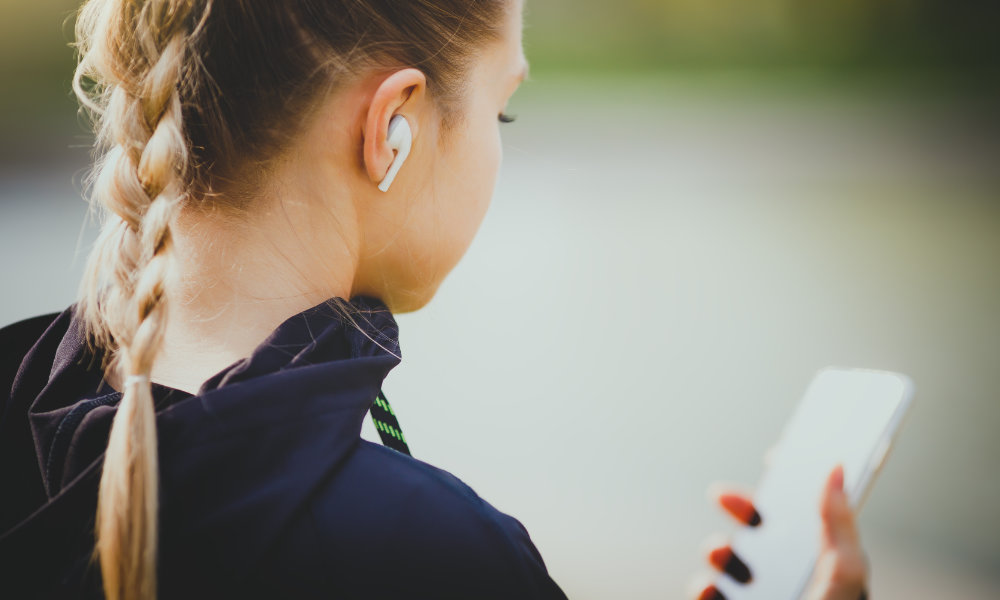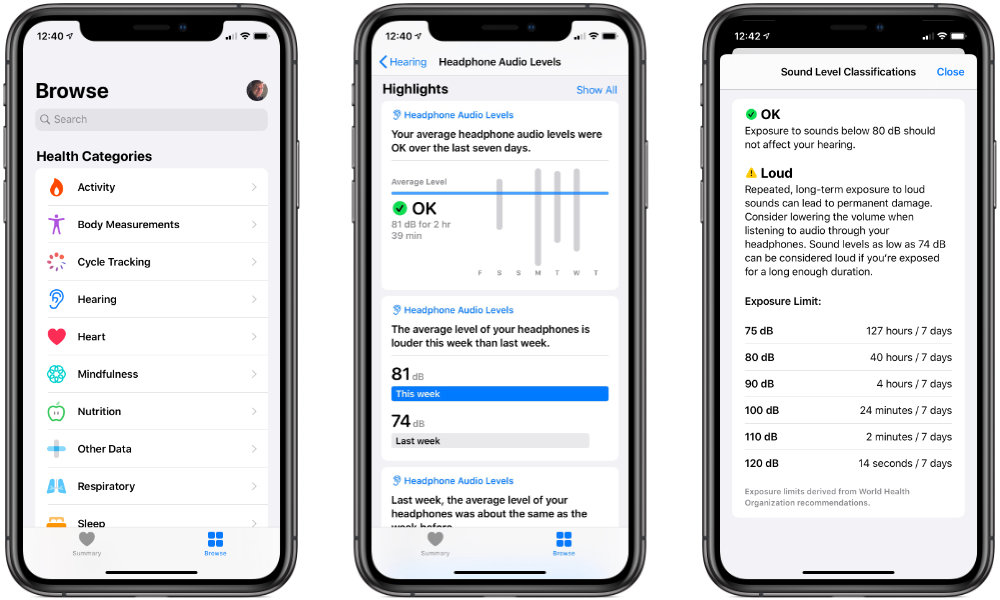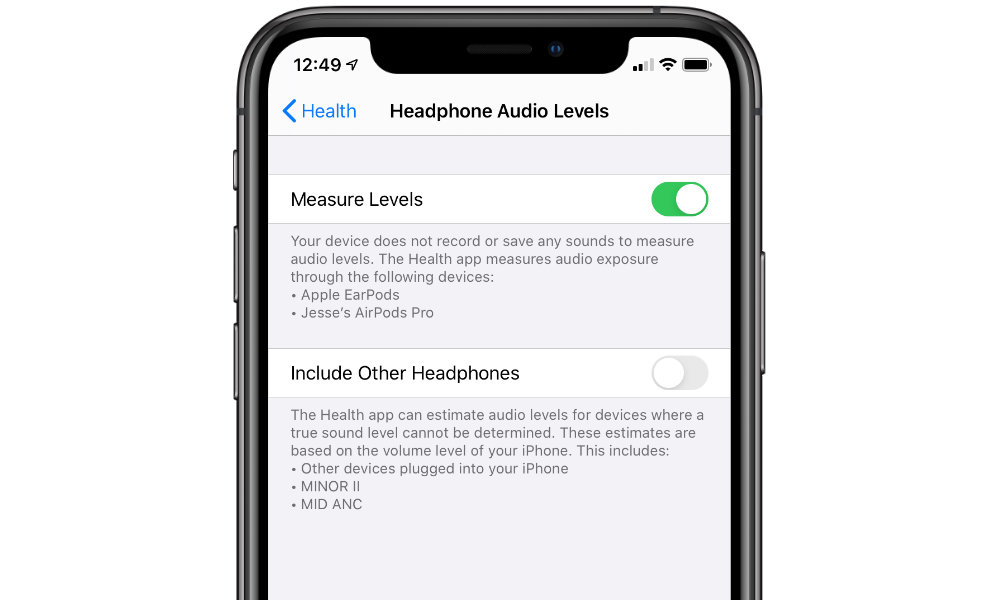This Hidden iOS 13 Feature Can Help Protect Your Hearing
 Credit: Vastly Makarov / Shutterstock
Credit: Vastly Makarov / Shutterstock
Toggle Dark Mode
You’re probably well aware that watchOS 6 added a Noise app to the Apple Watch Series 4 and Series 5 models, to help you monitor the noise around you to see if you’re being exposed to dangerous sound levels, or even if you’re simply talking too loud. However, iOS 13 has another feature tucked away to help you address a much more common source of hearing damage — your headphones.
In addition to collecting noise data from your Apple Watch, a new “Hearing” section inside the iPhone’s Health app also monitors your headphone audio levels, letting you know if you’re listening to music at unsafe volumes.
This feature is available for any set of headphones, however you’ll get the most accurate readings if you’re using Apple’s AirPods or Beats Wireless headphones, thanks to the W1/H1 chips used in these devices. Apple’s own chips include the ability to monitor and record the specific decibel levels coming out of the drivers themselves, while for other headphones, Apple is forced to simply estimate the loudness based on what the iPhone’s volume level is set to.
How to Find Your Listening Levels
If you’re using AirPods or Beats Wireless headphones, you don’t need to do anything special to set this feature up — as long as you’re running iOS 13, your Health app is automatically recording this data, and you can find it by going into the Health app and looking for “Hearing” in the Browse tab.
Apple automatically shows the results of your listening levels by categorizing them as either “OK” or “Loud” based not only on simple volume level, but sustained listening levels, in accordance with guidelines set by the World Health Organization (WHO). For example, as Apple explains in the Health app, “sound levels as low as 74 dB can be considered loud if you’re exposed for a long enough duration.”
The data shown in the Health app summarizes your exposure as an average of your listening volume levels over a given period of time — hourly, daily, weekly, monthly, or yearly — and also provides comparisons to show whether your levels have increased or decreased from prior weeks. You can also filter the data by exposure level, decibel ranges, and even headphone type if you use more than one set of headphones or earbuds.
Like most data in the Health app, you can also find a “Show All Data” section at the bottom which will let you see the actual decibel levels recorded by the Health app, and you can even drill down and see the apps from which the audio was being played, such as Music or YouTube.
Enabling Audio Monitoring for Other Headphones
While this feature is enabled by default for Apple’s EarPods, AirPods, and Beats, if you’re using third-party headphones, you’ll need to take an extra step to switch it on. Here’s how to do it.
- Open the Settings app
- Scroll down and tap Privacy
- Tap Health
- At the top, tap Headphone Audio Levels
- Switch on Include Other Headphones
A list of the headphones that will be monitored is shown below the “Include Other Headphones” toggle, which should simply include all of of the Bluetooth headphones that have previously been paired to your iPhone.
Note that if you want to turn audio level measurements off entirely, you can also switch off the “Measure Levels” setting at the top to exclude even your Apple headphones.
Unfortunately, unlike the noise monitoring feature on the Apple Watch, Apple doesn’t yet provide any proactive notifications for headphone audio levels, so you won’t be told if you’re actually listening too loudly — you’ll simply have to check back into the Health app from time to time to see how you’re doing.









